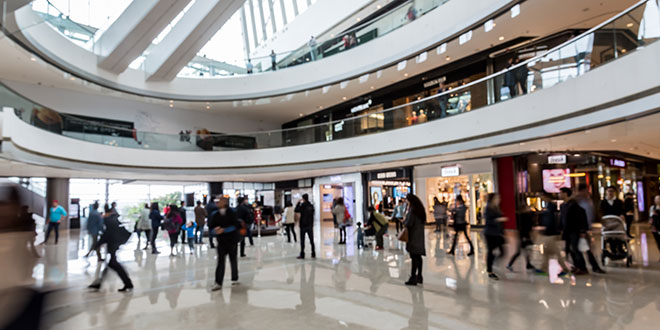Spending growth at small businesses has outpaced big-box chains in the past two years and affluent consumers are contributing to the growth, according to Bloomberg.
When consumers aren’t shopping online, they are seeking out businesses that provide personal connections and advice, Sarah Quinlan, senior vice president at credit card giant Mastercard Inc., which tracks purchasing patterns, tells Bloomberg.
National chains still account for the majority of shoppers’ purchases, Quinlan says. However, with many of the most affluent consumers living in walkable neighborhoods, more are skipping “the mall in favor of neighborhood hardware stores, bookshops and grocers … and they’re willing to pay the higher prices.”
While the article says “A-rated” shopping centers are in good shape, the other two-thirds of malls are struggling to cope with the shifting spending patterns and the popularity of Amazon.
“Independent retailers and small chains have been able to step into the void. Many of them are thriving in categories like hardware, furniture and crafts,” the Bloomberg article adds.
Sales growth at small businesses, defined as having less than $50 million in annual sales, was 7.3 percent last year, according to Mastercard, compared with 4.6 percent for total retail sales. Small business purchases account for 37 percent of total spending.
 Hardware Retailing The Industry's Source for Insights and Information
Hardware Retailing The Industry's Source for Insights and Information






